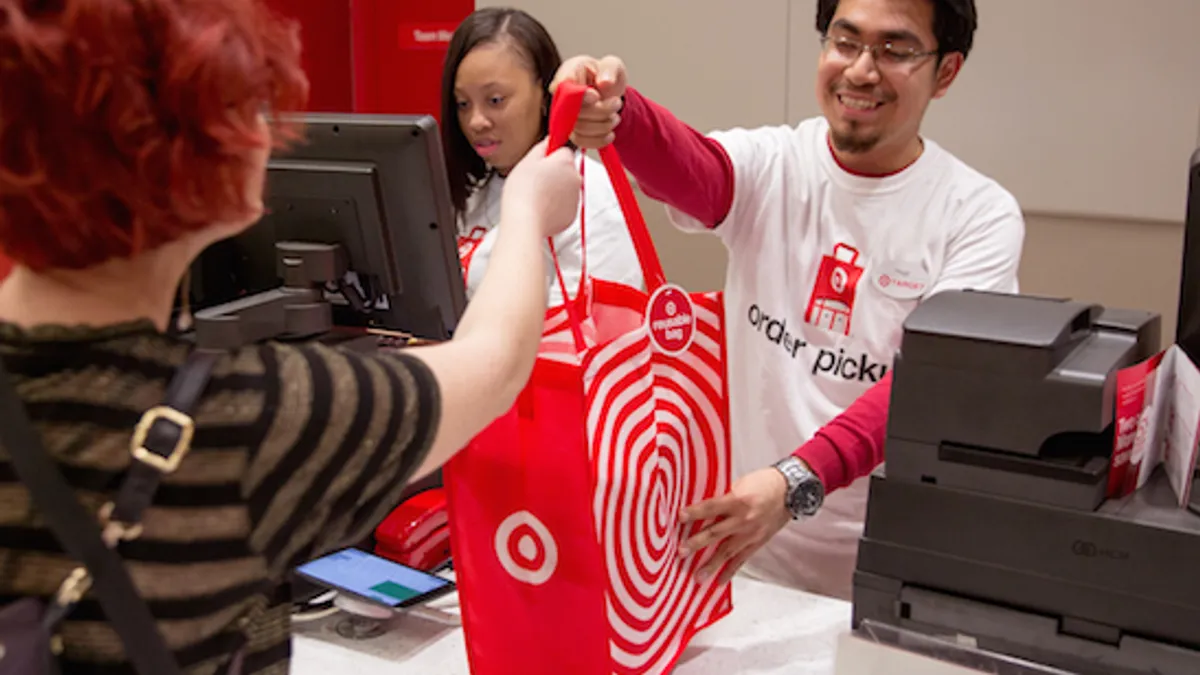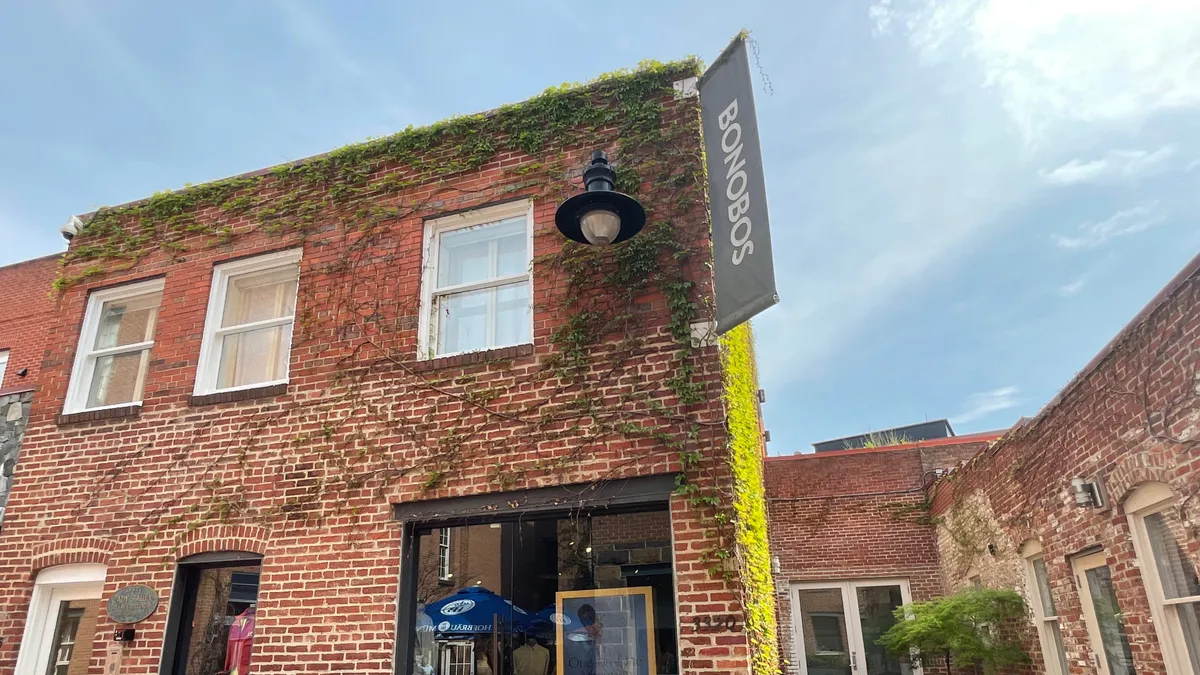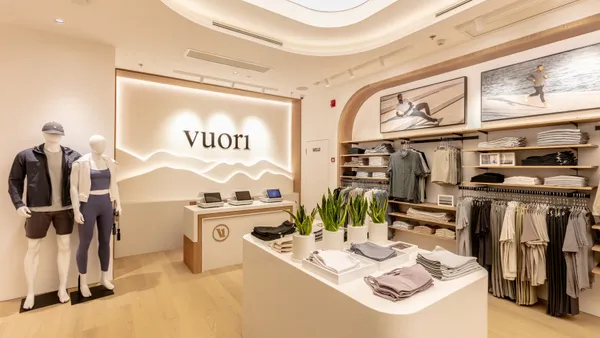Dive Brief:
-
Physical stores can increase online sales by 15% to 30% in their catchment areas, but traditional accounting methods are failing to capture the full value of stores, according to a report from Bain & Co released Monday.
-
Announcements of store closures will begin soon after the holidays, Bain notes, and while e-commerce is growing rapidly, that doesn’t mean physical stores are doomed to fail. Rather, “it just means that the conventional approach to designing and operating stores is becoming obsolete,” Bain said.
-
Bain's report, "The Power of Omnichannel Stores," argues that the rise of e-commerce will not spell the end for brick-and-mortar retail: “Omnichannel retailers — those that offer a seamless blend of both at each step of the customer experience — enjoy significant advantages over retailers that try to pursue either one alone or both independently."
Dive Insight:
Once pure-play e-commerce retailers (including even juggernaut Amazon) are increasingly opening stores, while traditional retailers are boosting their e-commerce. But, it's the retailers embracing omnichannel that are the ones poised to succeed in both arenas, according to Bain's report.
“For omnichannel retailers, websites and mobile apps are not just a means of ordering: They are front doors to their stores. And stores are not just showrooms: They offer inspiration and community, and they function as test labs, help desks, purchase points, pickup and return locations, and shipping centers,” the report states.
Because omnichannel is ideally a seamless mix, retailers should tread carefully when analyzing how to construct fulfillment centers vs stores. They must crunch the numbers based on a number of scenarios to proceed with a clear picture. Furthermore, with the expense of e-commerce such a major consideration, shipping from stores is emerging as a less expensive and often speedier fulfillment approach than using warehouses, according to the report.
“For example, what happens over the next three years if we close 40% of our stores and build two new fulfillment centers?” the report said. “What happens if we close some stores, open others and sell two of our fulfillment centers?”
The extreme demands of the holidays only make these considerations more important, according to Steve Osburn, managing director at Kurt Salmon, part of Accenture Strategy. “Retailers are very aware of the unprecedented change taking place in the industry, and are under great pressure to deliver against rapidly changing consumer expectations," he said in a separate report published Tuesday. "Ensuring they are operationally robust to fulfill customer orders and deliveries around a hugely emotive time of year is crucial for organizations wanting to build lasting loyalty. Being nothing less than a well-oiled machine at this time of year is simply not an option.”














